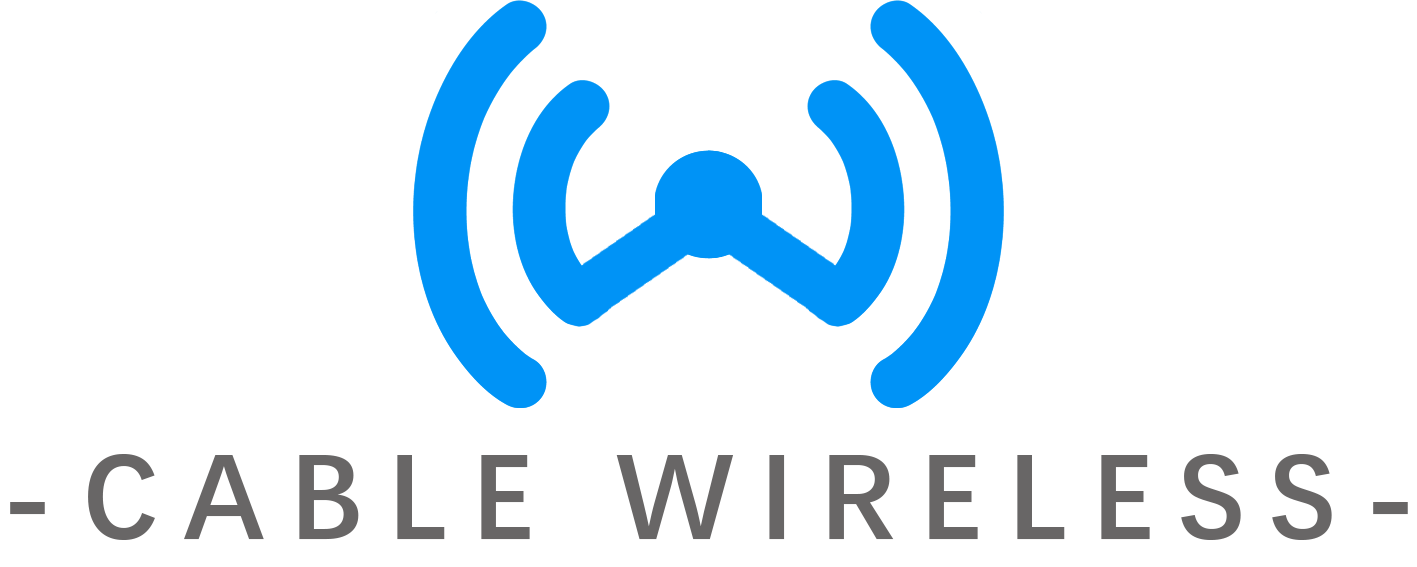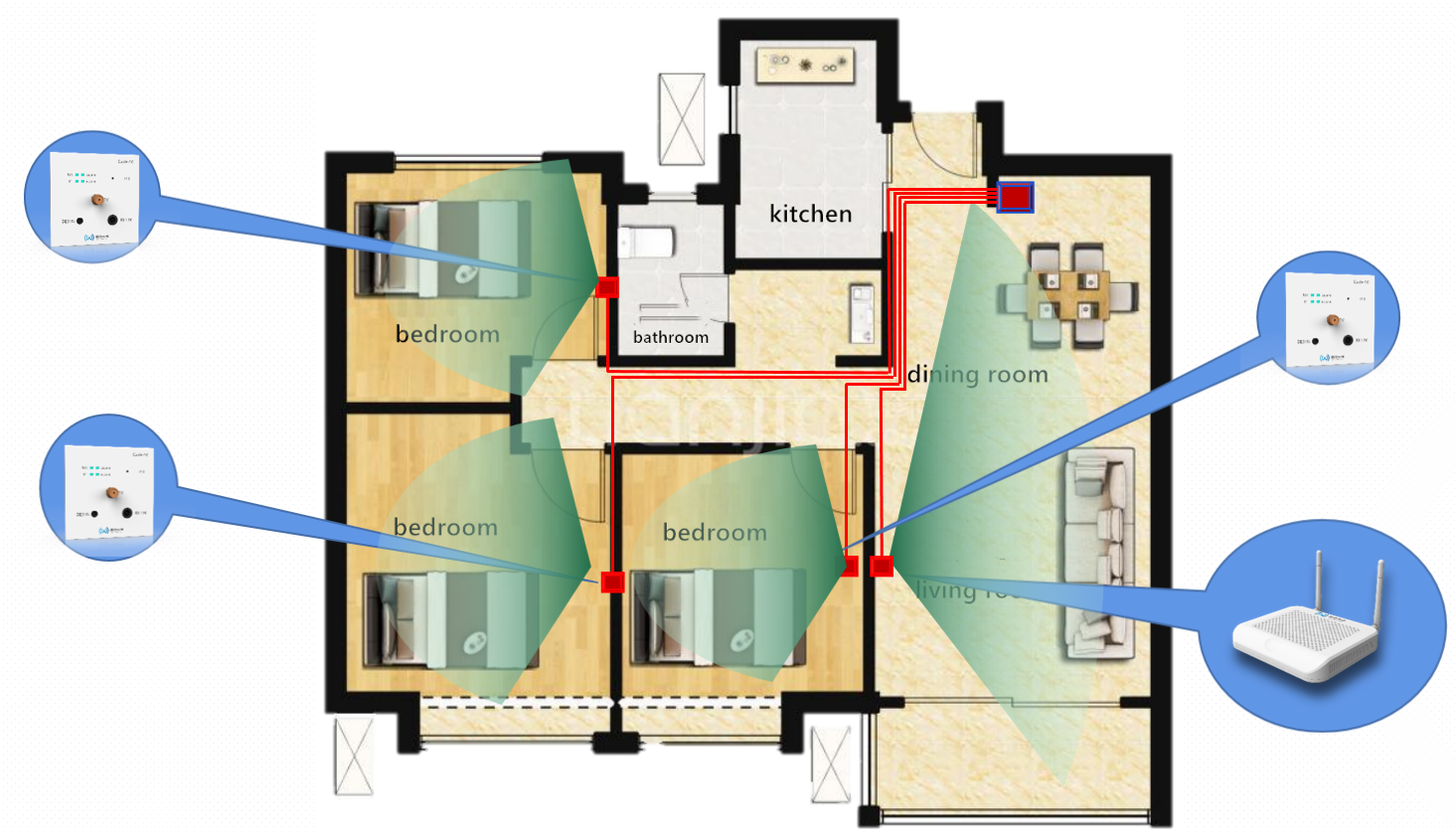
Solution
Cable-5G Solution Overview

The transmission and coverage of 5G signals primarily utilize high-frequency carriers and depend on the penetration of outdoor macro base stations to achieve indoor signal coverage, which is often less effective.
The Cable-5G solution employs patented technology to innovatively introduce a technical solution that enables low-cost, deep indoor 5G signal coverage through cable TV networks, effectively addressing the aforementioned challenges.
Key points of the solution: At the headend of the cable TV optical node, a patented "Main Unit(MU)" is deployed. This device converts the multi-channel digital IQ signals from the 5G baseband unit into multiple intermediate frequency signals suitable for transmission over coaxial cables. These signals are then transmitted through the coaxial network to various rooms within a building. Via another patented "Frequency Conversion Unit(FCU)" these intermediate frequency signals are converted into 5G RF signals and broadcast, achieving uniform and deep 5G signal coverage. Additionally, it supports MIMO functionality. The uplink direction of Cable-5G is the reverse process of the downlink direction described above.
The Cable-5G system has already interfaced with mainstream manufacturers such as Datang Mobile's 5G core network and BBU, and can seamlessly integrate with operators' 5G architectures.
The Highlights of Cable-5GTechnology
Frequency Shifting
Using Cablewireless' patented technology, 5G high-frequency signals have been shifted to "intermediate frequencies (865MHz 〜 1.2GHz)", allowing them to be transmitted through coaxial cables.
For those upgraded HFC, maybe extended to 1.8GHz or further.
MIMO
The coax cable could be allocated multiple "intermediate frequency" channels (FDM-IF), thus enabling such a "single-line” (i.e. the coax), to transmit multiple 5G channels, thereby supporting MIMO.
“Cable-5G” Summary
Overlay 5G signal on the existing cable coax
Leverage the widely deployed cable network, huge amount of home-pass